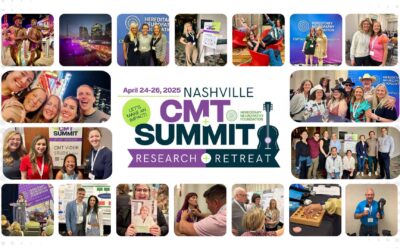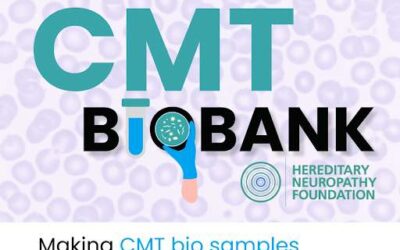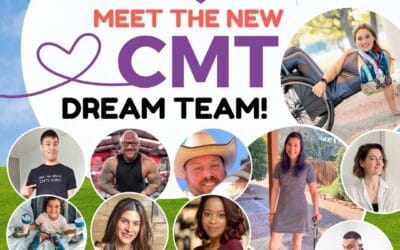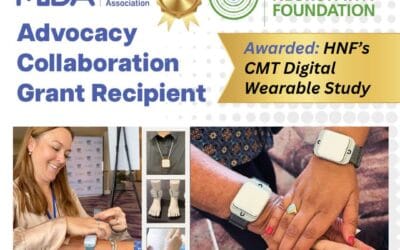 On the 7th of November we convened our scientific advisory board meeting at the HNF offices in NY. Our meeting included Renée JG Arnold, PharmD, RPh (President & CEO, Arnold Consultancy & Technology LLC), Robert Burgess, PhD (Faculty of The Jackson Laboratory in Bar Harbor, Maine), Joel Freundlich, PhD (Associate Professor of Pharmacology & Physiology and Medicine at Rutgers University–New Jersey Medical School), Steven J. Gray, PhD (Research Assistant Professor Dept. of Ophthalmology, U. of N. Carolina at Chapel Hill), Joseph J Higgins, MD, FAAN (Director of Neurology Quest Diagnostics, Athena Brand, Marlborough, MA), Brett Langley, PhD (Director of Neural Epigenetics at the Burke Medical Research Institute, Assistant Professor of Neurology and Neuroscience at Weill Medical College of Cornell University), Jun Li, MD, PhD (Associate Professor, Department of Neurology, Director of Charcot-Marie-Tooth Clinic, Faculty Member in Vanderbilt Brain Institute and Faculty Member in the Center for Human Genetics Research at the School of Medicine, Vanderbilt University.) Nadia Litterman, PhD (Collaborations Director at Collaborative Drug Discovery (CDD)), Lucia Notterpek, PhD (William T. and Janice M. Neely Professor and Chair, Department of Neuroscience at the University of Florida, Gainesville), David Pleasure, MD (Professor of Neurology and Pediatrics, Director of Research, Shriner’s Hospital for Children, Director, Institute for Pediatric Regenerative Medicine and Distinguished Professor, UC Davis), Michael Sereda, MD, PhD (Professor of Neurology and Group leader in the Department of Neurogenetics, Max Planck Institute (MPI) of Experimental Medicine, Göttingen, Germany), and Dianna E. Willis, PhD (Head of the Laboratory for Axonal and RNA Biology, Director of the Center for Pain Research at the Burke Medical Research Institute and an Assistant Professor of Neuroscience at Weill Cornell Medical College). In addition Barbara Handelin, PhD from the Biopontis Alliance was in attendance.
On the 7th of November we convened our scientific advisory board meeting at the HNF offices in NY. Our meeting included Renée JG Arnold, PharmD, RPh (President & CEO, Arnold Consultancy & Technology LLC), Robert Burgess, PhD (Faculty of The Jackson Laboratory in Bar Harbor, Maine), Joel Freundlich, PhD (Associate Professor of Pharmacology & Physiology and Medicine at Rutgers University–New Jersey Medical School), Steven J. Gray, PhD (Research Assistant Professor Dept. of Ophthalmology, U. of N. Carolina at Chapel Hill), Joseph J Higgins, MD, FAAN (Director of Neurology Quest Diagnostics, Athena Brand, Marlborough, MA), Brett Langley, PhD (Director of Neural Epigenetics at the Burke Medical Research Institute, Assistant Professor of Neurology and Neuroscience at Weill Medical College of Cornell University), Jun Li, MD, PhD (Associate Professor, Department of Neurology, Director of Charcot-Marie-Tooth Clinic, Faculty Member in Vanderbilt Brain Institute and Faculty Member in the Center for Human Genetics Research at the School of Medicine, Vanderbilt University.) Nadia Litterman, PhD (Collaborations Director at Collaborative Drug Discovery (CDD)), Lucia Notterpek, PhD (William T. and Janice M. Neely Professor and Chair, Department of Neuroscience at the University of Florida, Gainesville), David Pleasure, MD (Professor of Neurology and Pediatrics, Director of Research, Shriner’s Hospital for Children, Director, Institute for Pediatric Regenerative Medicine and Distinguished Professor, UC Davis), Michael Sereda, MD, PhD (Professor of Neurology and Group leader in the Department of Neurogenetics, Max Planck Institute (MPI) of Experimental Medicine, Göttingen, Germany), and Dianna E. Willis, PhD (Head of the Laboratory for Axonal and RNA Biology, Director of the Center for Pain Research at the Burke Medical Research Institute and an Assistant Professor of Neuroscience at Weill Cornell Medical College). In addition Barbara Handelin, PhD from the Biopontis Alliance was in attendance.
After a welcome from Allison Moore (CEO, HNF), I presented a brief overview of the work HNF had funded to date and our goals. Each scientist gave an overview of their latest research related to CMT or related areas of study, whether it was funded by HNF or not, and described the challenges and opportunities. For example Dr. Sereda updated us on his recent work that described how Neuregulin 1 looked promising for reversing CMT1A. Dr. Notterpek described her miRNA project for CMT1A. Dr Li presented how MRI technology was used to see changes in the peripheral nerves which correlates with CMT and hence may be used as a measure of the disease. Dr Pleasure updated us on the CMT2A mouse characterization. Dr. Willis and Dr. Langley described their research which covered the MFN2 mouse and HDAC6 inhibitors, respectively. Dr. Burgess works with various mouse models and focused on characterizing the CMT2D mouse. Dr. Gray outlined his work on gene therapy, including the research on gigaxonin for Giant Axonal Neuropathy (which should be going to clinical trial in the next few weeks). Dr. Higgins summarized his recent publication which analyzed the frequency of gene mutations in 17,377 patients with CMT and showed that just 4 genes can be used to capture most patients with CMT. Dr. Litterman summarized published work on the use of stem cells and how collaboration could have an important role in making the research process more efficient. Dr. Freundlich described how as researchers are generating high throughput screening data, they could be learning from it with computer models and at the same time understanding what molecules should be avoided. Dr. Arnold stressed how patient reported outcomes were instrumental in getting drugs approved as companies increasingly have to show an increase in quality of life to justify the cost of treatment. This led us very nicely into a discussion of what we should be funding in the future and where the gaps are that will impact upcoming clinical trials. We have written a detailed review that has been published and captures all of the discussion and make this freely available to the scientific community.













0 Comments